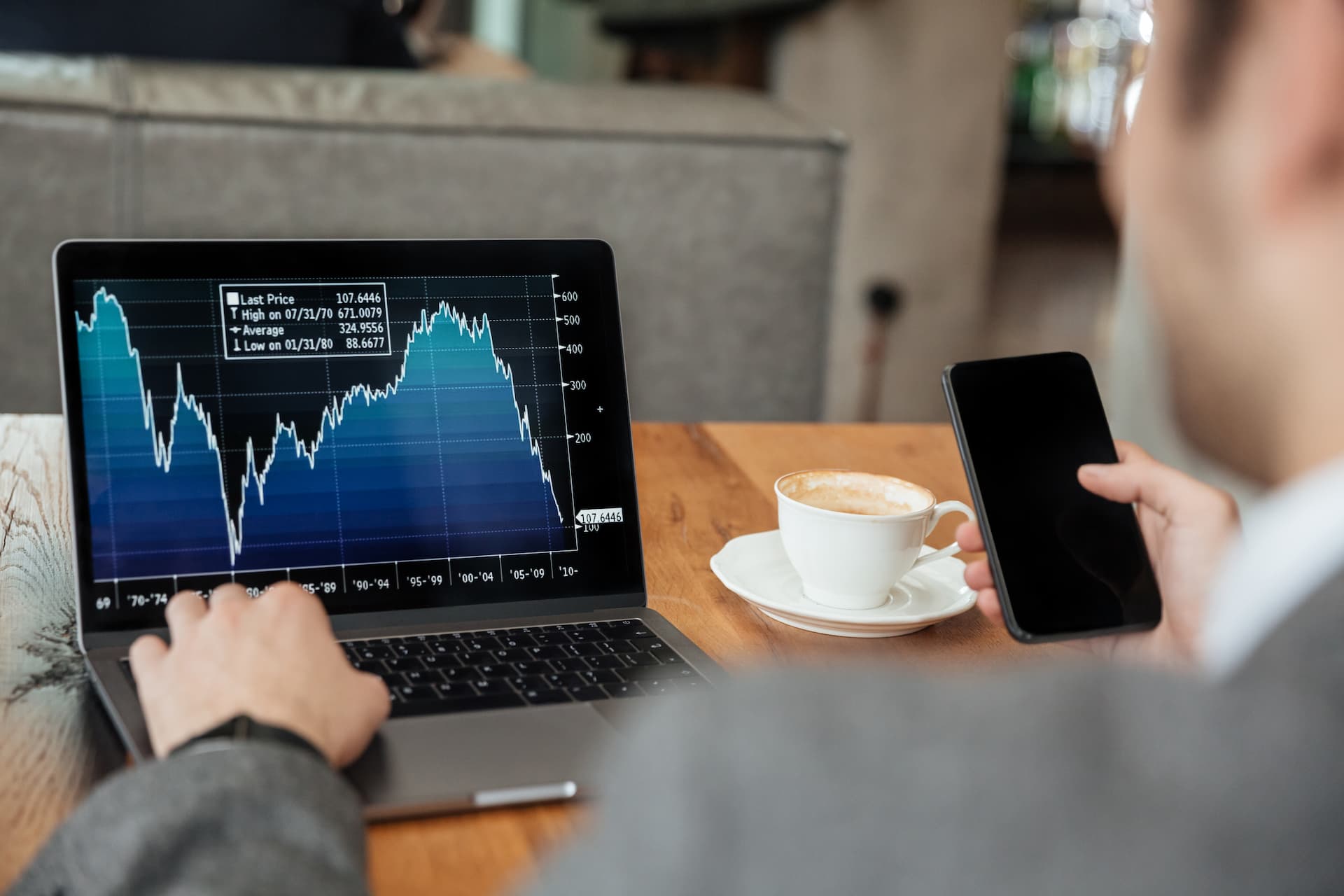What is Day Trading?
Day trading is a popular trading strategy where traders buy and sell financial instruments within the same trading day. The goal is to capitalize on short-term market movements to make profits.

Day trading is a trading strategy that involves buying and selling financial instruments within the same trading day, often multiple times in a day. The goal is to capitalize on short-term market fluctuations to achieve profits. Day trading is popular among active traders who seek to exploit price movements and market volatility over short periods. This article provides a comprehensive overview of day trading, including its key concepts, strategies, and practical considerations.
Understanding Day Trading
1. The Basics of Day Trading
Day trading involves executing trades throughout the day with the aim of profiting from small price movements. Traders typically open and close positions within the same day, avoiding overnight risk. This strategy requires close monitoring of market conditions and quick decision-making to take advantage of short-term opportunities.
2. Types of Day Trading Strategies
There are various strategies employed by day traders, including:
-
Scalping: This strategy focuses on making small, quick profits from minor price changes. Scalpers make numerous trades throughout the day, aiming to accumulate small gains that add up.
-
Momentum Trading: Momentum traders look for stocks or other assets showing strong trends and high trading volumes. They enter trades based on the momentum of the asset, aiming to profit from rapid price movements.
-
Swing Trading: Although swing trading often extends beyond a single day, some day traders use it to capitalize on short-term price swings. They enter and exit positions based on short-term trends and price patterns.
3. Key Tools and Platforms for Day Trading
Day traders rely on various tools and platforms to execute trades and analyze market data efficiently. Key tools include:
-
Trading Platforms: These software applications provide real-time market data, charting tools, and order execution capabilities. Popular platforms include Lightspeed Trader and QuantConnect.
-
Charting Software: Advanced charting software helps traders analyze price movements, trends, and patterns. Many trading platforms include integrated charting tools, but standalone options are also available.
-
News Feeds: Real-time news feeds provide updates on market-moving events and economic data. Staying informed about current events can help traders make timely decisions.
Key Concepts in Day Trading
1. Leverage
Leverage allows traders to control a larger position with a smaller amount of capital. While it can amplify profits, it also increases the risk of significant losses. For more information on leverage, visit the Margin and Leverage page on 24markets.com.
2. Risk Management
Effective risk management is crucial in day trading. Traders use various techniques such as setting stop-loss orders and limiting position sizes to manage potential losses. Understanding and applying risk management strategies can help protect capital and minimize losses.
3. Volatility
Volatility refers to the degree of price fluctuation in the market. High volatility can present opportunities for day traders but also increases risk. Monitoring volatility and adjusting trading strategies accordingly is essential for managing risk.
Getting Started with Day Trading
1. Choose a Broker
Selecting a reputable broker is essential for day trading. Look for brokers that offer competitive spreads, fast execution speeds, and robust trading platforms. Ensure the broker is regulated and transparent about fees. For guidance on choosing a broker, check the Why 24markets.com page.
2. Open a Trading Account
To begin day trading, you need to open a trading account with your chosen broker. This process typically involves providing personal information, verifying your identity, and making an initial deposit. For more information on account setup, visit the FAQs section on 24markets.com.
3. Develop a Trading Plan
Creating a trading plan is crucial for successful day trading. Your plan should include trading goals, strategies, risk management rules, and criteria for entering and exiting trades. Developing a solid trading plan helps maintain discipline and focus.
4. Practice with a Demo Account
Before committing real capital, practice trading with a demo account. This allows you to familiarize yourself with the trading platform, test strategies, and gain confidence without risking actual money. Many brokers offer demo accounts for this purpose.
Conclusion
Day trading offers a dynamic way to engage with financial markets and potentially profit from short-term price movements. Understanding the basics of day trading, including key concepts, strategies, and tools, is essential for making informed trading decisions. By selecting the right broker, developing a comprehensive trading plan, and practicing with a demo account, you can enhance your day trading experience.
For further information and resources on day trading, visit 24markets.com and explore sections like Trading Tools, Margin and Leverage, and Regulation Center.
TAGS
Latest Education Articles
Show more
Earnings Reports and Equity CFDs

Trend vs. Range Strategies

Trading Breakouts vs. Pullbacks

Hedging Basics for Intermediate Traders
Take your trading to the next level.
Join the broker built for global success in just 3 easy steps. A seamless experience built for traders who value speed and simplicity.

Create Your Account

Make Your First deposit
